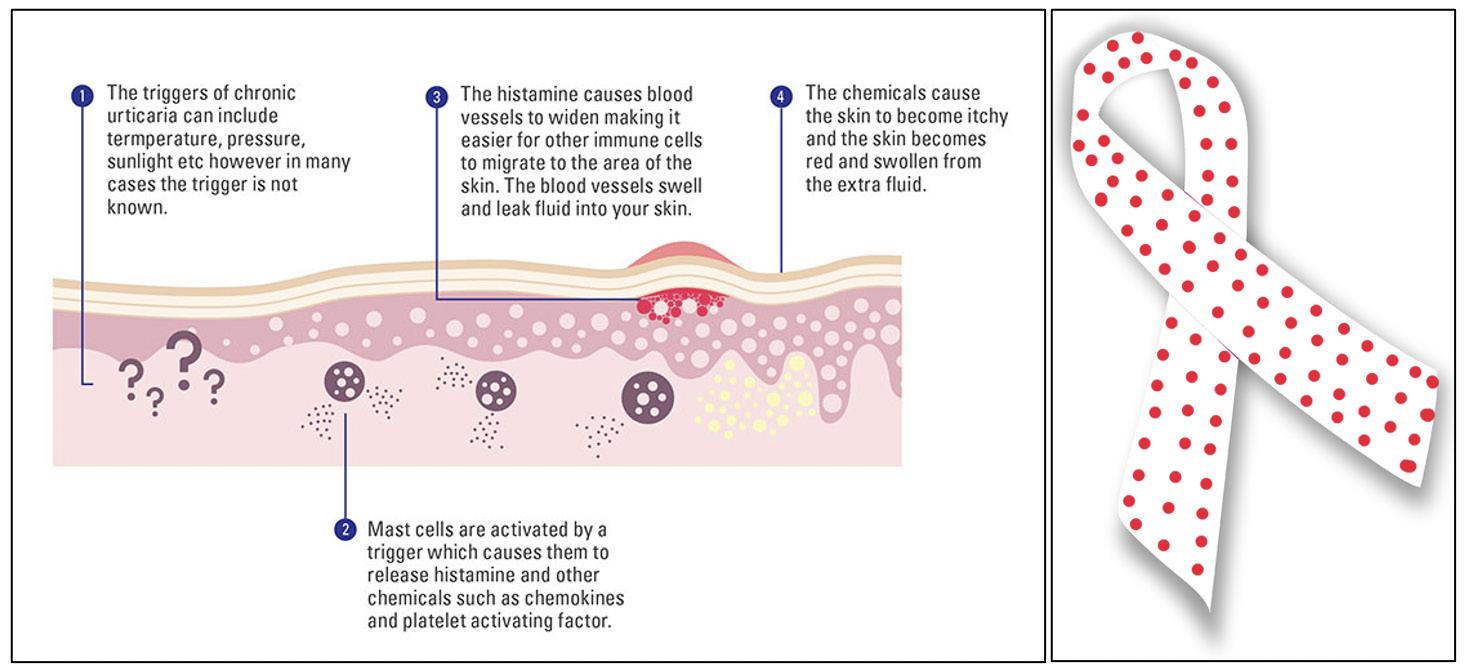Radiation Therapy and the Effects of This Type of Cancer Treatment BY JEAN YUAN '25 Cover Image: This specific machine uses external beam radiation therapy in which the radiation oncologist can target a certain area of the body with radiation and damage the cells in that area. Image Source: Flickr
24
What is Radiation Therapy? Radiation oncology refers to the field in medicine in which doctors study and treat cancer with various methods of radiation therapy. Cancer cells, abnormal cells that are no longer responsive to body signals that control cellular growth and death, divide without control, leading to the invasion of nearby tissues (O’Connor & Adams, 2010). Radiation therapy involves targeting these cancer cells with regulated doses of high-energy radiation with the goal of killing these cells while also minimizing the amount of radiation dose to the normal cells, thereby preserving the organs and other healthy tissues. The therapy causes damage to the DNA of the cancer cells by ionization, leading to loss of the cell’s ability to reproduce and eventually leading to cell death (Baskar et al., 2012). Ionization is when ions are introduced to a certain part of the body in order to release their energy and remove an electron, ultimately causing damage to cells in that are. However, this kind of therapy also affects the division of cells of normal tissues. Damage to normal cells can cause unwanted side effects, such as radiation sickness (nausea, vomiting, diarrhea, etc.) and secondary cancer/malignancies. A radiation oncologist oversees finding the right balance between
destroying cancer cells and minimizing damage to normal cells. Radiation therapy cannot kill the cancer cells immediately. It takes only ten to fifteen minutes to conduct the treatment, but it can take up to eight weeks in order to see results. Even after months post treatment, cancer cells will continue to die (Baskar et al., 2012; National Cancer Institute, n.d.).
Types of Radiation Therapy There are two types of radiation therapy: external beam radiation therapy and internal beam radiation therapy (Baskar et al., 2012; National Cancer Institute, n.d.). The type that is administered depends on a few different factors: “type of cancer,” location of the cancerous tumor, health and medical history of the patient, previous treatments of the patient, and age of the patient (National Cancer Institute, n.d.). In external beam radiation therapy, a machine administers radiation at the affected area and sends radiation to that area from various directions in order to target the cancerous tumor. This type of radiation therapy is spot treatment and only treats a specific part of the body (Washington & Leaver, 2015). It is commonly used on cancers DARTMOUTH UNDERGRADUATE JOURNAL OF SCIENCE











